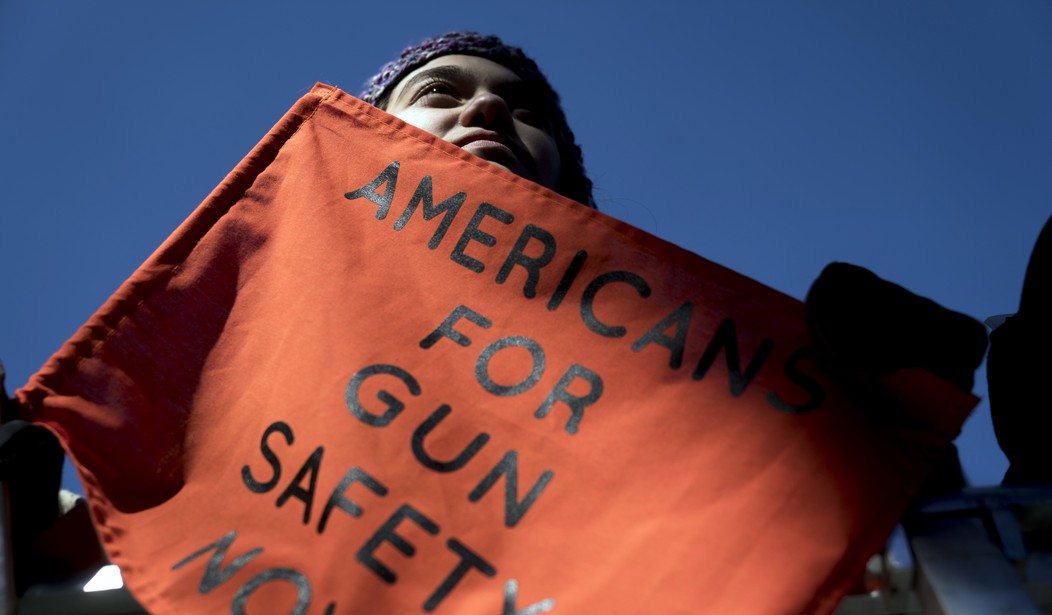Minnesota’s new “red flag” law is now in effect and the state’s biggest newspaper is engaged in a full-scale effort to see it put to use, even if it has to mislead readers about what it does and does not do.
The Minnesota Gun Owners Caucus flagged the Star-Tribune editorial that lavished praise on the state’s latest gun control law on social media, pointing out that it leaves readers with a false impression about the importance of the Extreme Risk Protection Order statute while ignoring other, more longstanding statutes meant to deal with supposedly dangerous people and their access to guns.
The Star Tribune, once again, tries explaining gun laws and gets the facts wrong.
Ironically, this time it’s in an editorial calling for public education about.. a new gun law. 🧵 https://t.co/eN59R9Agum
— MN Gun Owners Caucus (@mnguncaucus) January 9, 2024
Here’s the offending passage:
The new year started with news of the tragic shootings of two children in the Twin Cities when shots were fired into their homes. In Minneapolis, an 11-year-old girl was shot in the face while in her North Side bedroom. And in St. Paul, a 10-year-old boy was hit in the stomach by gunfire directed at his Frogtown-area home.
It’s impossible to know whether the red-flag law that went into effect Jan. 1 in Minnesota could have prevented that horror. But it might have made a difference in the Minneapolis case, where the suspect randomly fired an AR-15 rifle into the air to celebrate the new year. The accused is a Fridley man who is a convicted felon barred from having a firearm. The ban wasn’t enough, but had someone close to him who knew he had the rifle sought an order under the new law, the rifle might have been taken away from him.
The ban wasn’t enough? Sure it was. As the MN Gun Owners Caucus reminded them, all it would have taken for the accused to have his gun taken from him is for someone to report his gun possession to police. As soon as law enforcement became aware of the fact that he was armed, they could not only have seized the gun but charged him with a crime.
The state’s “red flag” law wouldn’t really have come into play here, given that the suspect is already barred from purchasing or possessing a gun, and it’s either disingenuous for the editors to suggest otherwise or an indication of their own cluelessness about how the Extreme Risk Protection Order process works.
Even when it comes to people who aren’t prohibited from owning a gun who may pose a danger to themselves or others there’s a more tenable solution than a “red flag” law already in place… at least in theory. Like every other state, Minnesota has a civil commitment law that allows for the involuntary commitment of individuals who are a risk to themselves or others. The problem is that the state’s mental health system is largely broken, and lawmakers are far more intent on adopting new gun control measures so they claim they did “something” instead of tackling the much more complicated issue of repairing the damage.
I doubt the Star-Tribune editors are unaware of this growing crisis, since the paper highlighted the dysfunction in a story just a couple of weeks ago.
Two deadly attacks in the past month have put a spotlight on Minnesota’s system for those with serious mental illness, where the common refrain from those involved with the work is that there’s “not enough.”
Not enough workers. Not enough early intervention. Not enough treatment facility or group home beds. Not enough services after someone leaves treatment.
“There’s just a real dire shortage of what is needed to help this portion of the population,” said Doug McGuire, who coordinates the Hennepin County Commitment Defense Project, where attorneys represent people facing potential court-ordered treatment.
The first killing occurred the day before Thanksgiving, when police say a man with a lengthy criminal and mental illness history stabbed a man to death at an Edina bus stop. Two weeks later, the Loring Park neighborhood was rocked after another man impaled a grocery store clerk with a golf club, according to charges in the case.
Both of the suspects had been civilly committed to involuntary treatment within the past few years, after they were found to be at risk of harm due to their mental illness.
And use of the new “red flag” law wouldn’t have made a bit of difference for these individuals. Like the felon arrested for randomly shooting his gun on New Year’s Eve, both of these suspects were already prohibited by law from possessing a gun, so an Extreme Risk Protection Order would have just reiterated that prohibition; not much help when these suspects allegedly used knives and golf clubs to carry out their attacks.
The answer isn’t to include bladed weapons or sports equipment in the items that are banned under Extreme Risk Protection Orders. Lawmakers need to be focused on the individuals who pose a danger, not whether or not they’re allowed to have a gun. I have no doubt that even with the Democrats’ narrow majorities in the legislature it’s still easier to find the votes for a do-nothing gun control bill than finding the money necessary to fix Minnesota’s crumbling mental health system, but that’s no excuse for their failure to take this crisis (and our right to keep and bear arms) seriously.









Join the conversation as a VIP Member